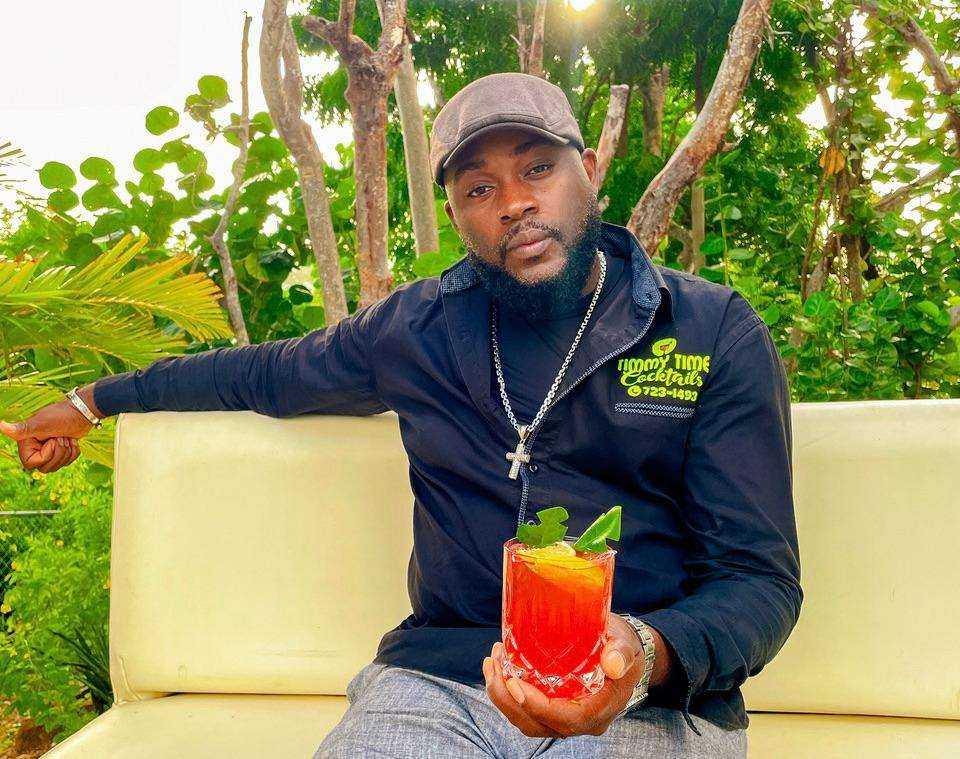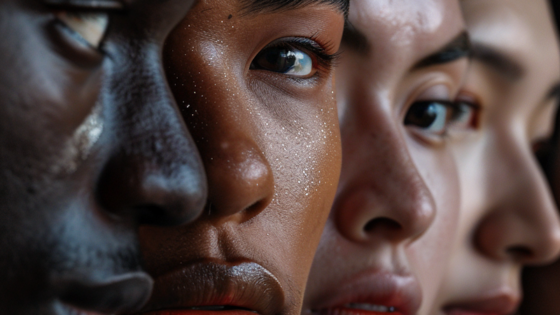on
BY SIMONE J. SMITH
For some of you, it has been a holiday season filled with great food, family, and of course the Christmas cocktails. Cocktails are often associated with celebrations and toasting. Whether it’s a special occasion, or just a casual get-together, raising a glass with a well-crafted cocktail adds a celebratory element to the gathering.
Cocktails often allow for creativity and experimentation with different flavors and ingredients. Cocktails are not only about taste, but also about the overall sensory experience. The colors, aromas, and textures of well-crafted cocktails engage multiple senses, creating a more enjoyable and memorable experience. The presence of well-made cocktails can elevate the overall atmosphere of an event, and it adds an element of sophistication.
A unique or beautifully presented cocktail can serve as a conversation starter, and just the right signature cocktail can have your guests inquiring about the ingredients, the inspiration behind the drink, or even the technique used to create it.
Cocktails are a form of artistic expression for mixologists. The craft and skill involved in creating a beautiful and delicious cocktail can be appreciated as a form of art, adding an extra layer of depth to the social experience. Even though our holiday season is done, this article is going to prepare you for any upcoming celebrations you might have in 2024.
We are going to celebrate in Caribbean style with some cocktails straight from the islands. Sure, there’s nothing wrong with the classics, but we’re challenging you to spice up your cocktails. We’re here to help, of course: we’ve taken a roundtrip around the Caribbean, scouring every beach and checking under every swaying palm, to bring you tropical cocktails that don’t skimp on refreshing, fruity flavours.
There’s a delicious drink for almost every palate below: our gift to you. Cheers to the many amazing mixologists of the Caribbean!
Anguilla: The Festive Sunset Cocktail
Our first drink comes from renowned mixologist Reynaldo Hodge, of the Bar Soleil at the glamorous Malliouhana Resort in secluded Anguilla.
Recipe
2 oz Baileys Irish Cream
1/2 oz Chambord
1 oz Havana Club Rum
A dash of Licor 43 (a Spanish Liqueur)
Add whipped cream on top eggnog and mulled wine?
Antigua and Barbuda: Christmas in Wadadli Cocktail
The dual-island destination of Antigua and Barbuda may be commonly known for its fascinating history and untouched nature, but its mixologists are quickly making quite the name for themselves! Courtesy Daniel “Timmy” Thomas of Timmy Time Cocktails in Antigua, this Christmas in Wadadli cocktail makes the most of the island’s natural. bounty.
Recipe
2 oz Antigua English Harbour 5-year-old Rum
3 Sorrell tea bags
3 oz passionfruit, turmeric, ginger, lemongrass infusion (sweetened)
1/4 oz sour orange juice (with lemon & lime juice)
3 dashes of angostura bitters
3 drops of pear essence
Put tea bags in rum and let sit
Meanwhile mix passion fruit, sour orange juice, angostura bitters and pear essence with ice in a shaker, add in the rum, and shake.
Pour over fresh ice. Garnish with orange.
The Bahamas: Sky Juice
This dynamic destination of 700 islands has a varied cocktail culture, to match! Niko Imbert, Director of Hospitality at Bon Vivants (a dedicated, artisan cocktail bar) in Nassau shared his delicious take on The Bahamian classic called “Sky Juice,” also known as ‘Gully Wash’.
Recipe
1.5 oz Citadelle Gin
75 oz condensed sweetened cream
2 oz fresh coconut water
Method: shaken
Garnish: grounded nutmeg & cinnamon stick
(Optional: rosemary and cranberries for holiday cheer)
Martinique: Planteur Cocktail
This French Caribbean hideaway known as the “Isle of Flowers” for its abundant nature is equally abundant with its rum distilleries. Planteur is a signature drink on the island, a fruity cocktail made with Rhum Agricole, which is distilled from sugarcane juice. While almost every distillery and bar offers its take on “Planter’s Punch”, we feature Chef Guy Ferdinand’s recipe below, as featured at Le Petibonum Restaurant.
Recipe
1 part rum, orange juice, guava juice and pineapple juice in equal quantity
½ part sugar cane syrup
Cinnamon
Mix the fruit juice, rum, and syrup
Add a pinch of cinnamon
Serve cold on ice
St. Martin: Naughty String Cocktail
Capping off this list in the French Caribbean, we turn to the French side of St. Martin for the Naughty String, the iconic cocktail served on the beachside terrace of Le String restaurant. While there is no shortage of reasons to visit stunning Orient Bay, this cocktail headlines the list…and deserves to be tasted at home.
Recipe
3 oz vodka on ice
Fill with champagne
1 oz of Falernum (a sweet syrup liqueur from The Caribbean, ginger, lime, almond, cloves & allspice.) …and you can buy or make your own
Top with a fresh strawberry or raspberry
Exceptional cocktails can leave a lasting impression on guests. People tend to remember unique and well-presented drinks, which will make your next event one to remember.
Stay in the loop with exclusive news, stories, and insights—delivered straight to your inbox. No fluff, just real content that matters. Sign up today!
We, as humans are guaranteed certain things in life: stressors, taxes, bills and death are the first thoughts that pop to mind. It is not uncommon that many people find a hard time dealing with these daily life stressors, and at times will find themselves losing control over their lives. Simone Jennifer Smith’s great passion is using the gifts that have been given to her, to help educate her clients on how to live meaningful lives. The Hear to Help Team consists of powerfully motivated individuals, who like Simone, see that there is a need in this world; a need for real connection. As the founder and Director of Hear 2 Help, Simone leads a team that goes out into the community day to day, servicing families with their educational, legal and mental health needs.Her dedication shows in her Toronto Caribbean newspaper articles, and in her role as a host on the TCN TV Network.













